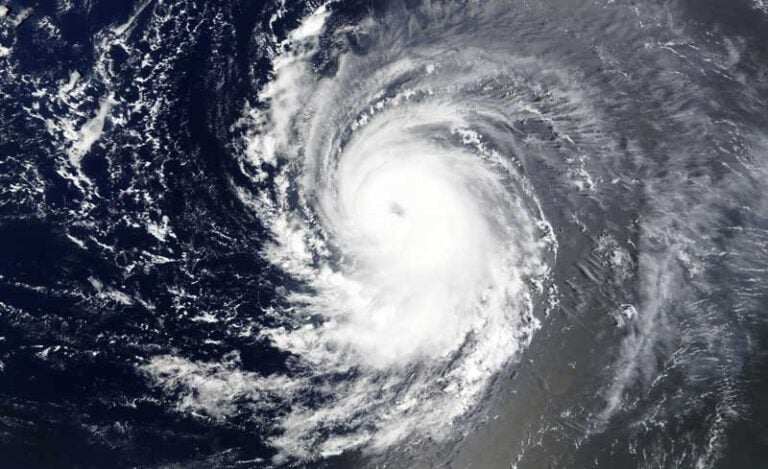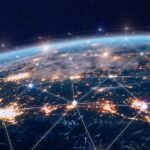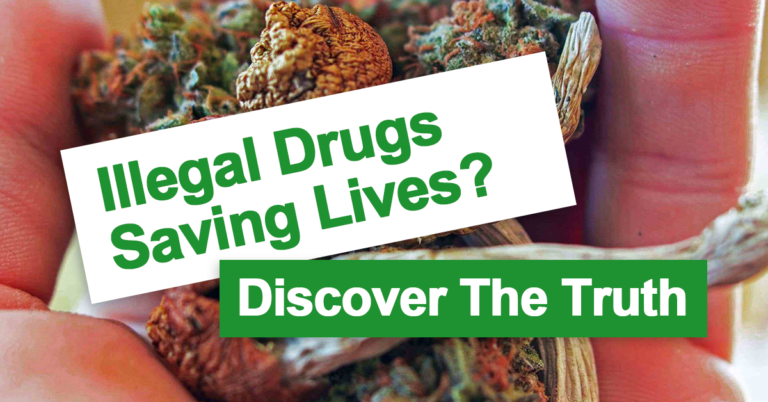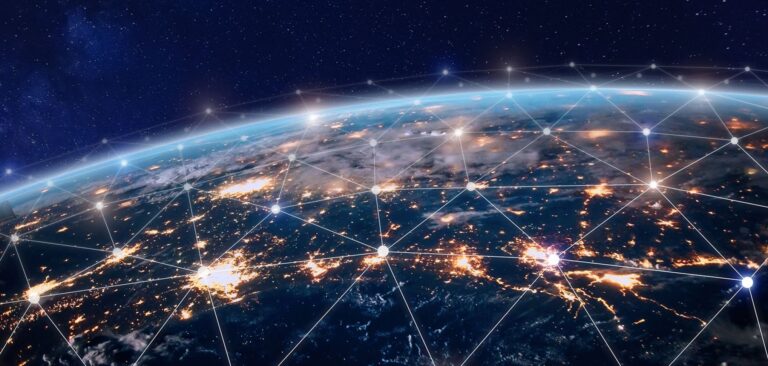
In recent years, extreme weather events have escalated in both intensity and frequency, sparking global debates about the causes. From wildfires ravaging the West Coast to devastating hurricanes and unprecedented floods across Europe, there seems to be no corner of the world untouched by climate extremes. Among the various theories being discussed, one of the most controversial is the potential role of weather modification. While the right often dismisses this as conspiracy talk, progressives and environmental advocates have been digging deeper into the ethics and potential dangers of tampering with natural systems.
Understanding Weather Modification
Weather modification refers to the deliberate manipulation of atmospheric conditions to alter weather patterns. Techniques like cloud seeding—a process where substances like silver iodide or potassium iodide are dispersed into clouds to induce precipitation—have been around since the 1940s. Initially, weather modification was seen as a way to alleviate droughts, improve agriculture, or even reduce the impact of storms. However, as climate change worsens, the ethical implications of these practices become more significant.
Corporate Interests and Weather Manipulation
One aspect that often goes unnoticed in discussions around weather modification is the role of corporate interests. In recent years, large corporations and private entities have gained access to these technologies. Cloud-seeding programs, for example, have been increasingly contracted by governments and corporations as a way to manage water resources. This raises questions about accountability and transparency. Who is deciding when and how the weather is manipulated, and for whose benefit?
The left has long argued that corporate control over essential resources, like water and air, leads to unequal outcomes. If weather modification is driven primarily by corporate interests, it’s the marginalized and poor communities that stand to lose the most. They are less likely to be protected from unintended consequences, such as altered rainfall patterns that could lead to floods or droughts in regions already vulnerable to climate change.
Extreme Weather and Geoengineering: A Dangerous Intersection
The increase in extreme weather events could also be linked to geoengineering efforts—large-scale interventions in Earth’s natural systems aimed at combating climate change. Some proposed geoengineering solutions include injecting aerosols into the stratosphere to reflect sunlight, a process that could have catastrophic effects on global weather systems. While geoengineering is often presented as a last-ditch effort to mitigate climate disaster, critics argue that these techniques could backfire, leading to even more unpredictable and extreme weather.
For example, in 2018, researchers suggested that large-scale stratospheric aerosol injections could alter global precipitation patterns, potentially causing droughts in some regions while increasing flood risks in others. The left has consistently pointed out that these geoengineering “solutions” prioritize short-term fixes over systemic change, masking the real issue: our overreliance on fossil fuels and unchecked capitalism.
Climate Change and the Politics of Denial
Another point worth mentioning is how the right, particularly in the U.S., has weaponized the climate crisis to downplay corporate responsibility while promoting “natural” solutions like geoengineering. The fossil fuel industry, backed by conservative politicians, has long been in denial about the human impact on climate. But now, as the evidence becomes undeniable, many on the right are pushing for techno-fixes that allow the status quo of high emissions to continue.
Weather modification and geoengineering fit neatly into this narrative. By focusing on techno-optimism—the idea that technology will save us without significant changes to our way of life—the right continues to delay meaningful action on climate change. The left, on the other hand, argues that the solution must include a radical restructuring of how we interact with the environment, which means ending our dependence on fossil fuels and implementing Green New Deal-style policies that emphasize social equity and sustainability.
A Call for Democratic Oversight
To avoid exacerbating the climate crisis further, progressives demand that any weather modification efforts must be transparent, ethically driven, and democratically controlled. Governments and international bodies should prioritize public interest over corporate profits, ensuring that any weather-altering technologies are used for the benefit of all, especially those most vulnerable to climate impacts. Without proper regulation and oversight, we risk turning the planet into a science experiment with potentially disastrous results.
Furthermore, we must question the power dynamics at play. Who controls the skies, and who will suffer the consequences? While the wealthy and powerful may find ways to shield themselves from the impacts of climate change (and, potentially, from botched weather modification attempts), marginalized communities will bear the brunt of these disasters. The climate crisis is already disproportionately affecting the Global South, Indigenous peoples, and low-income communities. Weather modification and geoengineering could deepen these inequities if left unchecked.
Conclusion: Focus on Real Solutions
While weather modification may offer some short-term benefits, it is not a substitute for the urgent need to tackle the root causes of climate change. The left calls for bold and systemic changes: shifting away from fossil fuels, embracing renewable energy, and investing in green infrastructure. These are the solutions that will lead to long-term resilience, not risky technological experiments that could make things worse.
It is time to stop viewing the climate crisis as a problem that can be “engineered” away. Instead, we must recognize it as a result of a broken system that prioritizes profits over people and nature. Weather modification may be an enticing quick fix, but it is no substitute for a just and equitable transition to a sustainable future.
Sources:
- The Climate Reality Project. (2021). “The Risks of Geoengineering.”
- UNEP (United Nations Environment Programme). (2023). “The Environmental and Social Implications of Weather Modification.”
- Progressive International. (2022). “Green New Deal: A Global Perspective on Climate Justice.”















